A giddy newcomer and seasoned bird-watcher finds a wildlife bonanza here on the Gulf Coast.
- story by Dena Temple
Black Skimmer feeds by dragging its lower mandible through the water, trolling for fish.
“Tu-a-wee!” A flock of Eastern Bluebirds frolicked in the front yard.
Yes, we are birders. Bird-brains. Bird nerds! In fact, our fascination with feathered fauna helped drive our southern migration. And as birders, we weren’t looking for a home so much as a “habitat.” The pretty brick house on the tracks in Waveland fit the bill perfectly – lots of land bordered by dense woods, near a bayou. We signed the papers just before Thanksgiving, and by Turkey Day we were unpacking our binoculars and setting up feeding stations. We’re also a little competitive. And by “little,” I mean very. We compete with other bird nerds to see how many species of birds we can ID in our yards. We re-started our 2018 list when we moved to Waveland – and by the time the ball dropped on New Year’s Eve, our list stood at an astounding 52 species. In five weeks! While all seasons along the Coast provide excellent opportunities for wildlife-watching, perhaps the best kept secret is the diversity here in the winter.
Joining the resident species of the Gulf are thousands of birds that spend their summers breeding farther north. As lakes and bays freeze over, species that rely on aquatic habitat are forced to head south.
In addition, land birds that eat insects must migrate to follow the food source. So, while spring and fall offer the best variety because of the migratory birds passing along the Mississippi Flyway, winter birding delights savvy Gulf Coast residents who are “in the know.” Gulls, terns and particularly shorebirds flock to the Gulf beaches, much like our snowbirds do, for the Gulf’s agreeable climate and excellent dining. Everyone eats seafood along the Coast! Ducks, too, migrate south for the winter. Many only go as far as necessary to find unfrozen water, so they can find food. Some, however, make their way to our coastline and local ponds. Commonly seen from our beaches are Bufflehead, tiny black ducks with white bonnet-like caps, and Common Loons, looking drab in their “basic” winter plumage. One of my favorite places to look for birds is the Washington Street Pier in Bay St. Louis. What makes any location excellent for birds is habitat diversity, and this spot has it. Along the beach you’ll see lots of terns, gulls and shorebirds. Try to pick out the Willet, a large shorebird with drab, brown plumage – until he flies, revealing a distinctive and brilliant white wing stripe. Walking to the end of the pier, scan the water for the aforementioned ducks, along with Horned Grebes, which are common in the Sound in the winter, and Red-breasted Mergansers, ducks with a distinctive dagger-like bill. Next, scan the rocks at the pier for Ruddy Turnstone, a medium-sized shorebird with orange legs and an unusually patterned chest. Perhaps you’ll get lucky and spot a Purple Sandpiper in the rocks, a rare visitor from the North. While you’re out there, scan the distant skies for the beautiful white Northern Gannett, a large, graceful booby-like bird that nests on island cliffs but spends its entire winter over the water. Back on land, patiently check the dune grass for birds like Marsh Wren, sparrows and Scaly-breasted Munia, a non-native, pet-shop escapee that has been spotted here recently. There are many places along the Gulf Coast where beginners and pros alike can enjoy looking at, and learning about, birds. A great source is the Mississippi Coast Audubon Society, which hosts mostly free field trips to various locations in the area. Attending one of these trips is a great way to meet like-minded people, increase your local knowledge, and learn about conservation and habitat protection. If you’d rather strike out on your own, you can find information on the website for the Mississippi Coastal Birding Trail . The website identifies more than 40 prime birding locations in the six southern counties of Mississippi. It’s a great resource, and I’ll be working my way through that list myself. If you are the type who likes to volunteer, there are opportunities through both MCAS and the National Audubon Society for winter shorebird monitoring. Also coming up February 15-19 is the Great Backyard Bird Count, which encourages individuals to count birds in their own backyards (or a local park or hotspot), then report your findings online through a special website, www.birdsource.org. The event is held over Presidents Day weekend, which may give you an extra day to venture out and enjoy what our area has to offer. Comments are closed.
|
Categories
All
Archives
July 2024
|
Shoofly Magazine Partners
Our Shoofly Partners are local businesses and organizations who share our mission to enrich community life in Bay St. Louis, Waveland, Diamondhead and Pass Christian. These are limited in number to maximize visibility. Email us now to become a Shoofly Partner!

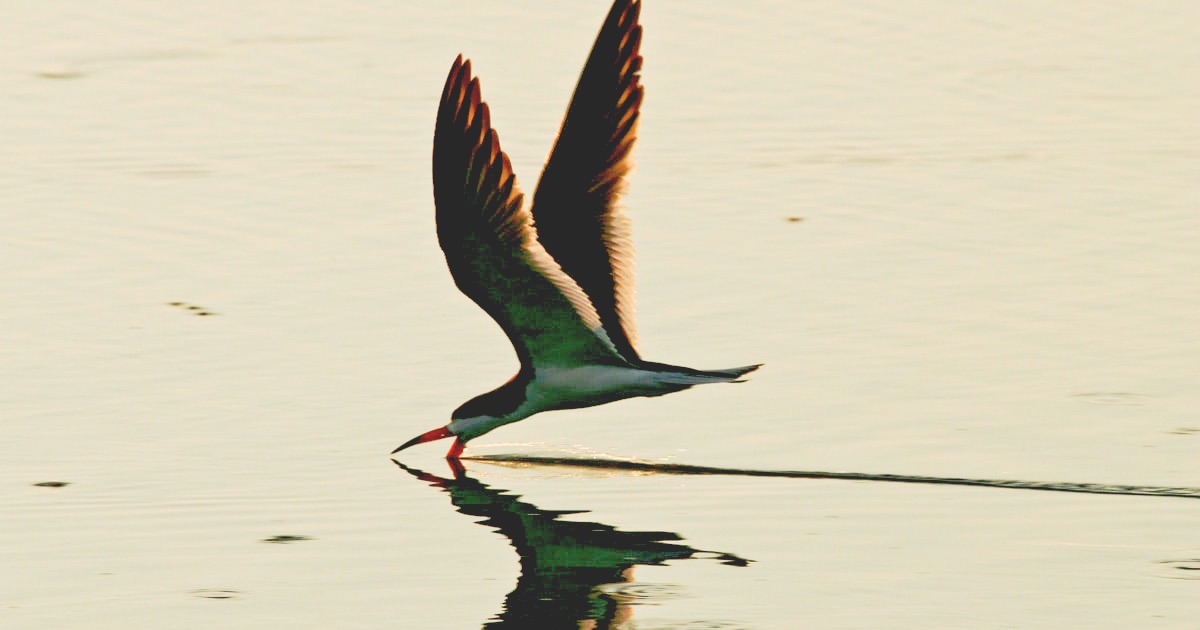

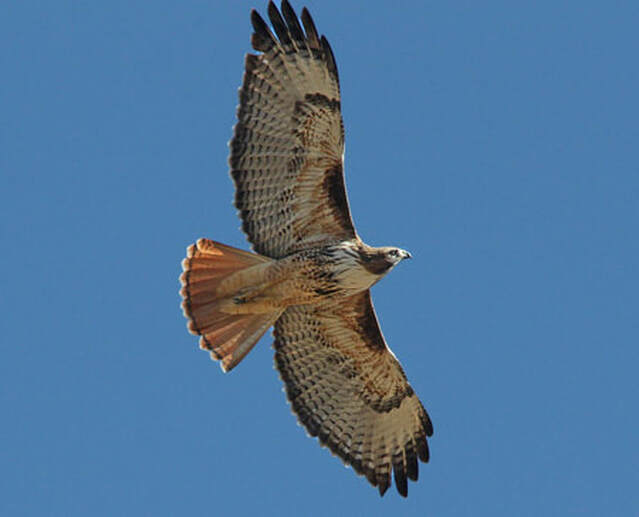
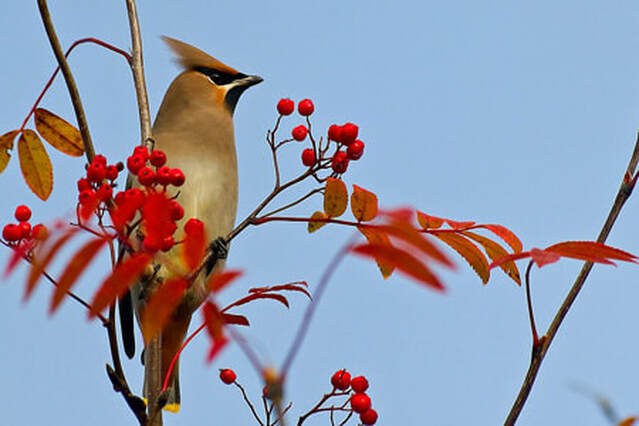
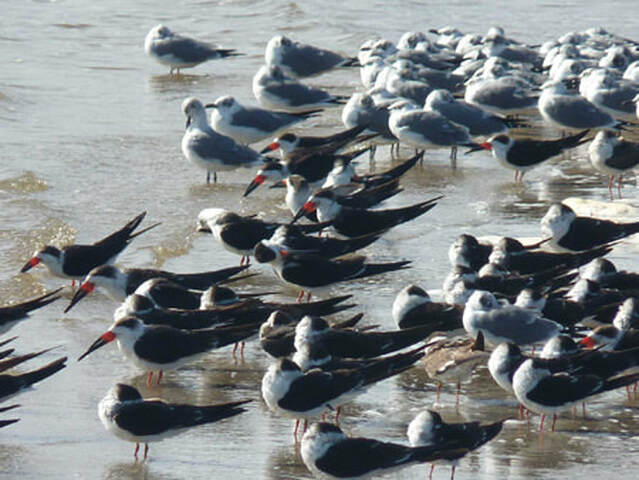
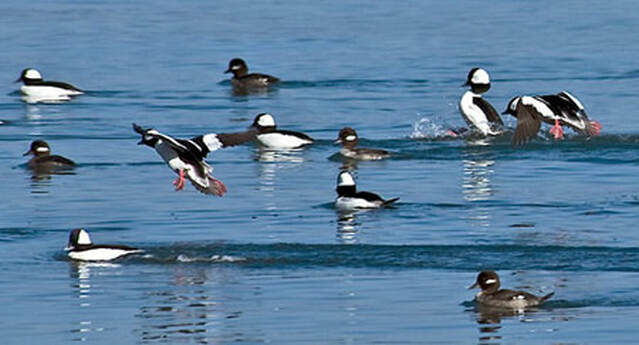
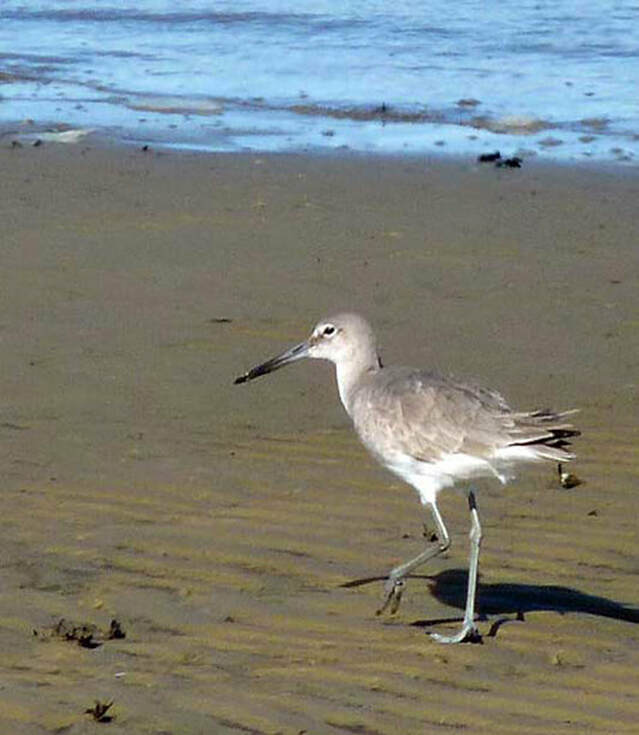
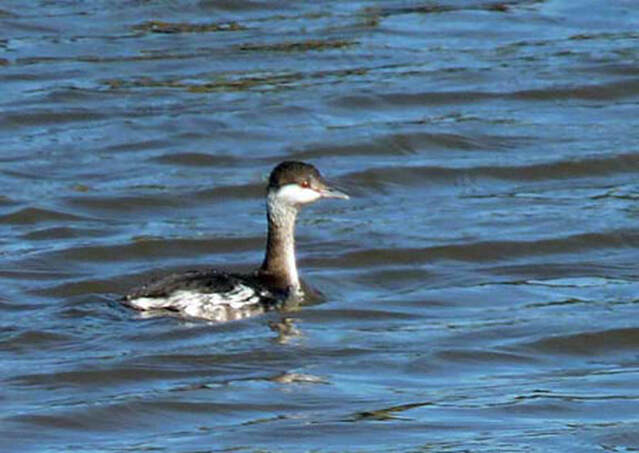
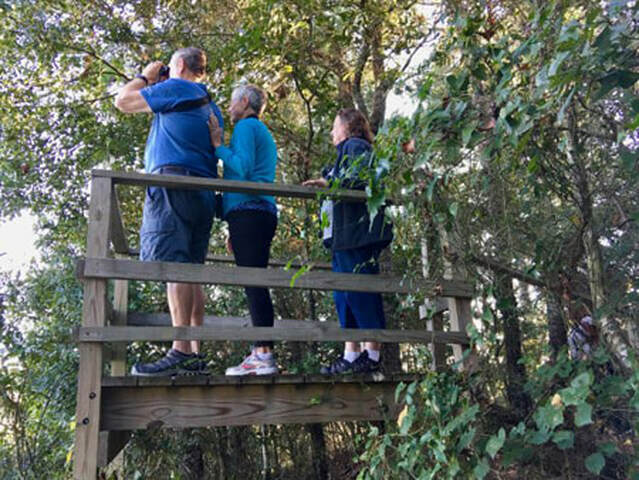

























 RSS Feed
RSS Feed























